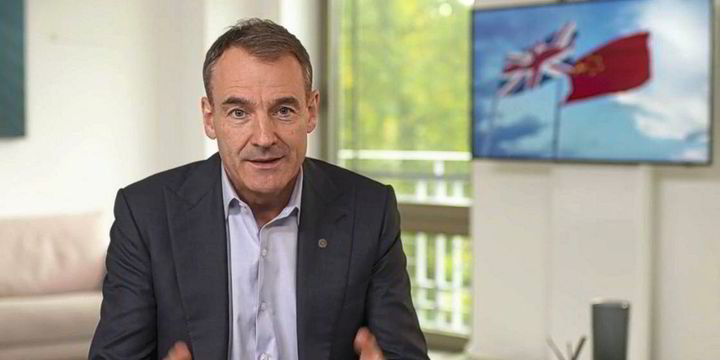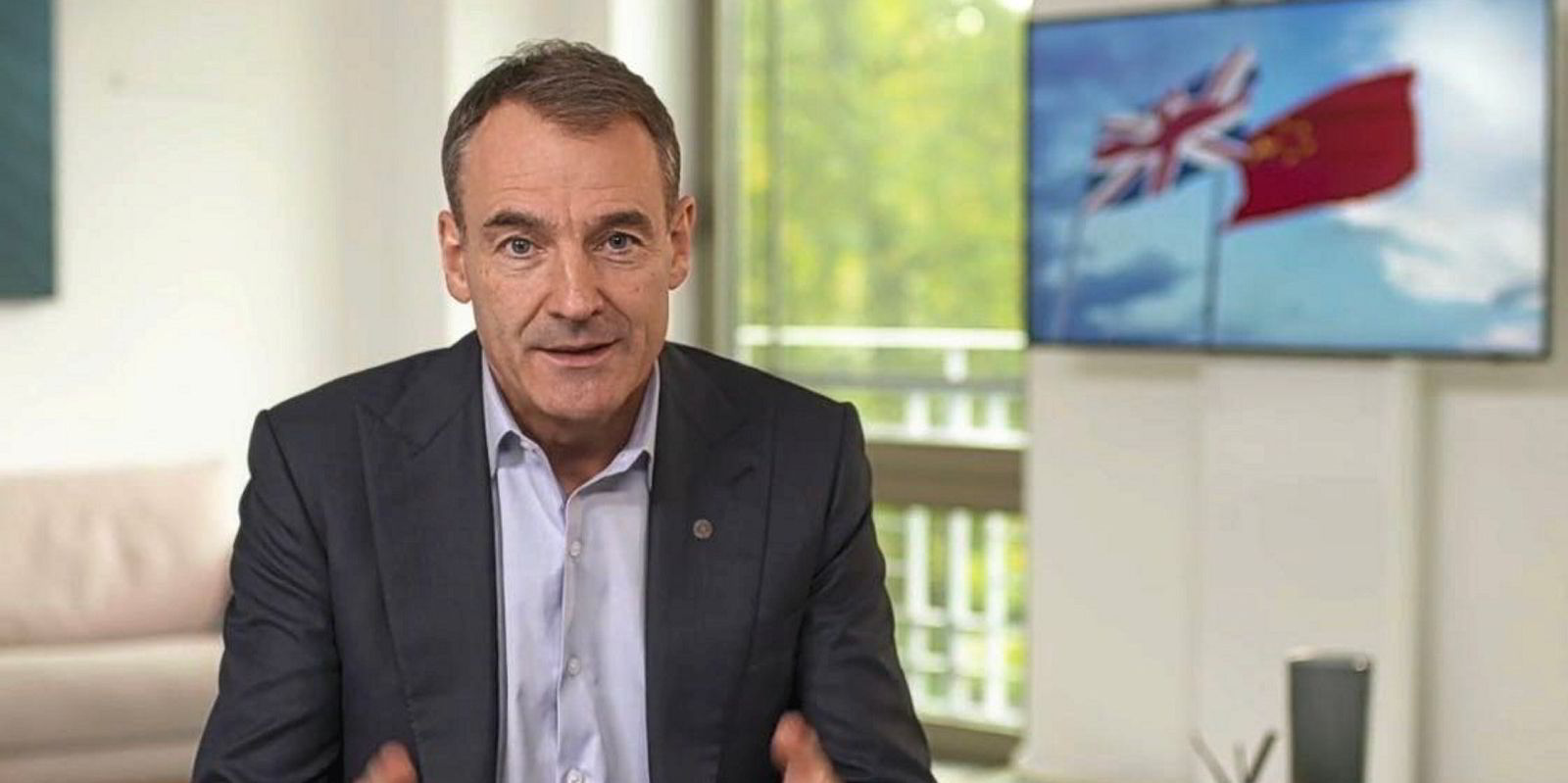BP reported more than $8 billion in profit in the first quarter of 2023, marking a strong turnaround against a heavy loss in the same period last year, and also announced a new round of share buy-backs.
Net profits attributable to shareholders stood at $8.2 billion for the three months ending on 31 March compared with a $20.4 billion loss in the same period last year.
The company noted an underlying replacement cost profit of $5 billion this first quarter compared with $4.8 billion in the fourth quarter of 2022, a product of “exceptional gas marketing and trading, lower refinery turnaround activity and a very strong oil trading result”.
This was ahead of the $4.3 billion forecast by analysts, according to the BBC.
“This has been a quarter of strong performance and strategic delivery as we continue to focus on safe and reliable operations,” BP chief executive Bernard Looney said.
“We continue to deliver for shareholders, through disciplined investment, lowering net debt and growing distributions.”
Article continues below the advert
BP shares were down more than 5% at 506.31 pence in morning trading in London.
Analysts at Barclays Capital explained investors were responding to a cut in BP’s share buy-back plans, which fell short of its expectation partly due to a surprise build in working capital.
‘Committed’ to share buy-backs
BP posted surplus cash flow of $2.3 billion in the period and announced its intention to carry out an additional share buy-back of $1.75 billion from surplus cash flow before announcing its second-quarter results.
During the first quarter, BP completed $2.2 billion of share buy-backs from surplus cash flow.
The $2.75 billion share buy-back programme announced with the fourth quarter of 2022 results was completed on 28 April 2023.
The company said it “remains committed” to using 60% of this year’s surplus cash flow for share buy-backs. It expects to deliver bubacks totalling about $4 billion per year based on current estimates.
First-quarter operating cash flow stood at $7.6 billion.
Capital expenditure in the first quarter was $3.6 billion. Capex guidance for 2023 remains unchanged at between $16 billion and $18 billion.
BP’s total hydrocarbons production in the quarter was slightly above the final quarter of the 2022at 969 million barrels of oil equivalent per day.
The company expects oil prices to remain “elevated” in the second quarter, as a result of the decision by the Opec+ group to further cut production, while it expects European gas and liquefied natural gas prices to be supported by recovering demand for natural gas in China. BP added refining margins are expected to fall in the second and upcoming quarters.
“The China story, from a demand perspective, is still to play out throughout the year,” BP chief financial officer Murray Auchincloss said in an earnings call on Tuesday.
The company’s renewables projects pipeline globally as of the end of March stood at 38.8 gigawatts, a 55% increase against the 24.9 GW at the end of March last year.
The Asia Pacific region marked a particular increase in BP’s renewables project, going from 1.4 GW in March 2022 to 12.2 GW this quarter.

